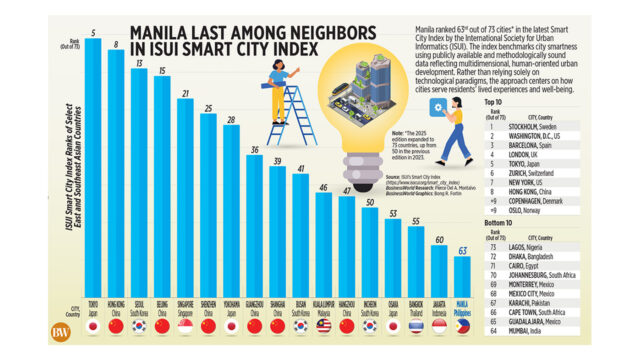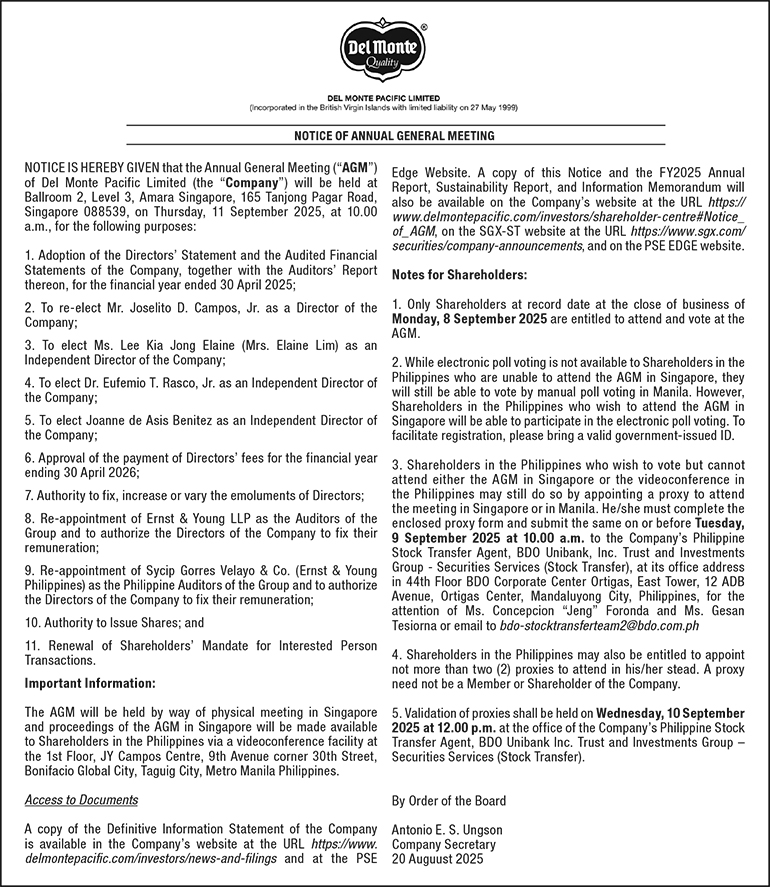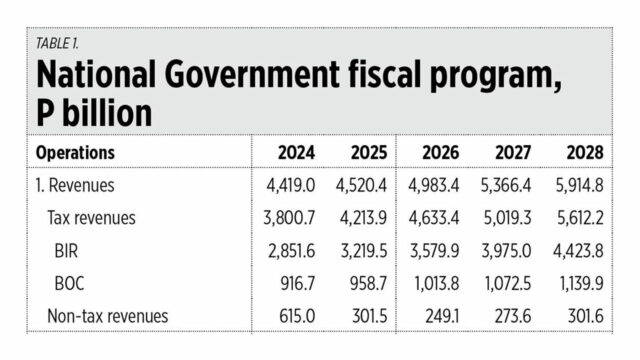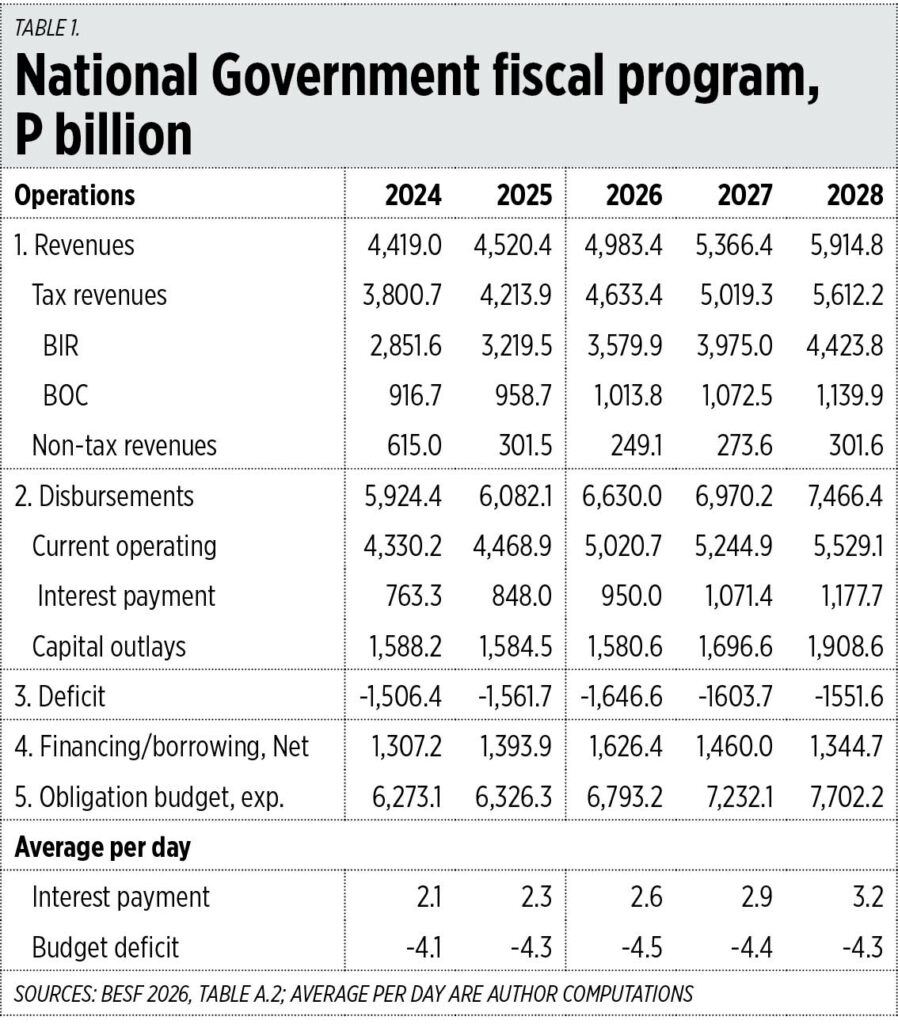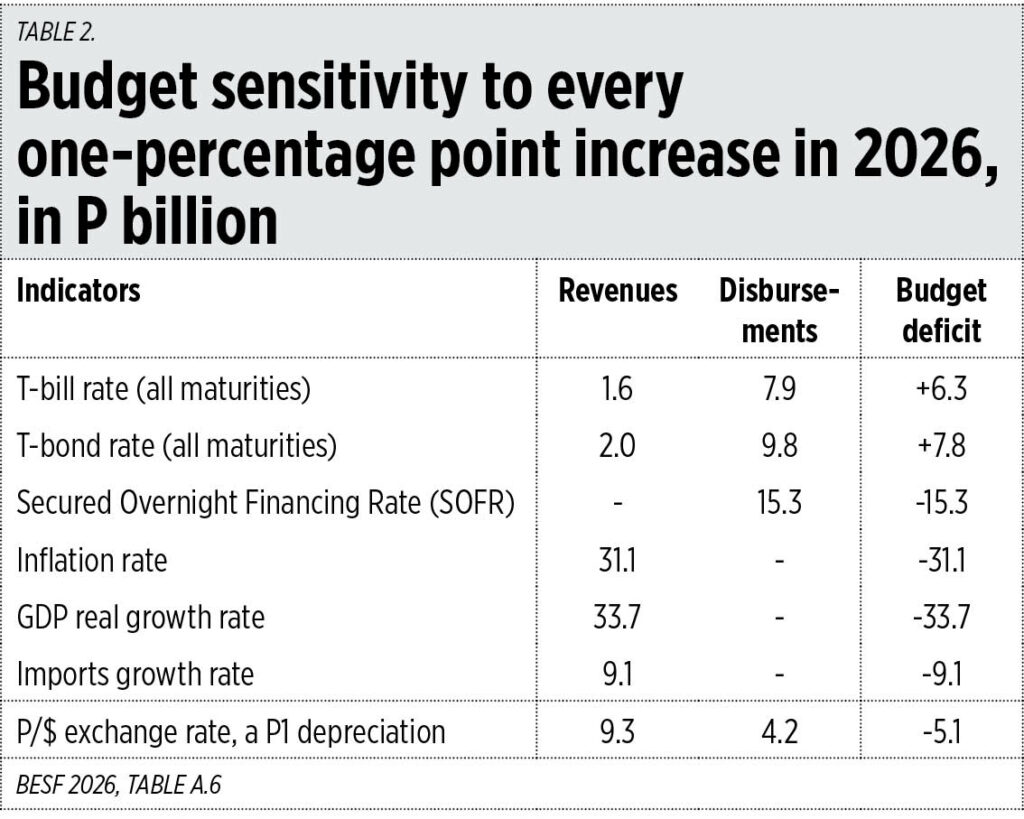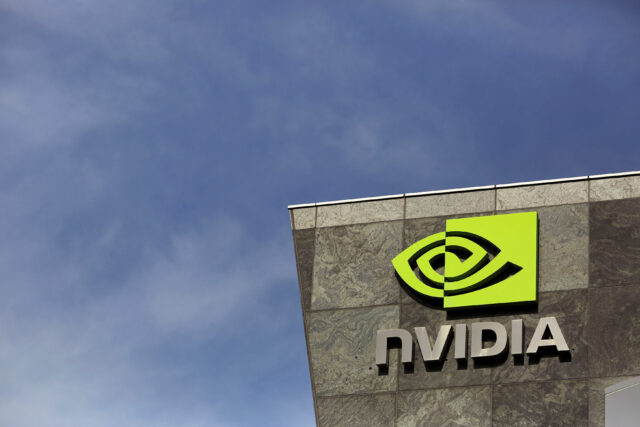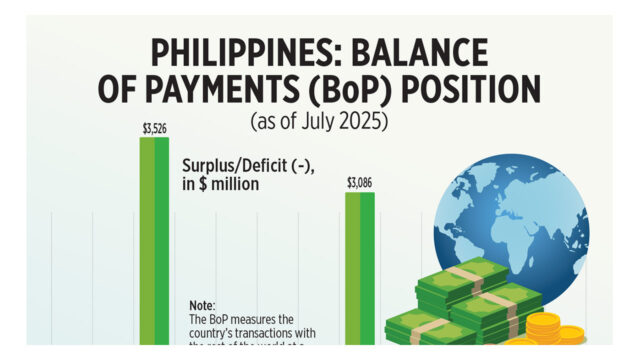The future of money

You know you’re old — like me — if you have more years behind you than ahead of you; if at some point in your life you flew in or out of the old Manila International Airport (since NAIA Terminal 1 opened only in 1982); or if you knew what Traveler’s Checks (TCs) were, and maybe even used them.
Yes, I belong to that generation. And looking back now, I’m amazed at how much we’ve transitioned over the years: from using cash, mainly US dollars, and good-as-cash TCs, to credit and debit cards when traveling. Gone are the days when cash was king abroad.
Next year, that transition could become even more dramatic. Filipinos traveling across Southeast Asia may soon be able to pay for goods and services electronically, using mobile phones, QR codes, and Philippine e-wallets such as GCash and Maya, or mobile banking apps. These tools will allow payments in local currency, drawn from peso accounts, and settled in real time.
This shift could further reduce our reliance on cash abroad, and perhaps even dampen the use of credit and debit cards for overseas spending. With the implementation of Project Nexus, cross-border electronic payments within the Association of Southeast Asian Nations (ASEAN) may soon become seamless and widespread.
The planned regional payment system will rely on country-specific QR codes, or Quick Response codes. These are two-dimensional matrix barcodes that appear as square patterns and can store a wide range of encoded data. QR codes are machine-readable, or scannable by smartphones, and are already in widespread use domestically for payments.
As of today, eight ASEAN member states already have national QR payment systems: the Philippines, Indonesia, Malaysia, Thailand, Singapore, Cambodia, Laos, and Vietnam.
These systems are being integrated through the ASEAN Integrated QR Code Payment System initiative, aiming for full interoperability by 2026.
The goal is simple but ambitious: by next year, ASEAN travelers should be able to use their local e-wallets or bank apps to scan QR codes in any participating country, and pay in the local currency, debited from their local accounts or wallets, with real-time automatic currency conversion. No cash or card required.
This infrastructure will be powered by Project Nexus, which links ASEAN domestic fast payment systems into a multilateral hub-and-spoke platform based in Singapore. Developed by the BIS Innovation Hub Singapore Centre, Nexus is designed to connect each country’s Instant Payment System (IPS) — in our case, InstaPay — to a central hub, eliminating the need for individual bilateral links.
The Philippines is well-prepared for this integration. Our domestic QR system, QR Ph, is already widely used. The key remaining hurdles to full regional participation are regulatory: alignment on data privacy, anti-money laundering (AML) protocols, consumer protection, and cross-border merchant onboarding.
Instead of building custom bilateral pipelines, the Nexus model requires each national IPS operator to connect once to the hub. In the Philippines, that operator is BancNet, which runs InstaPay, the real-time clearing and settlement platform for domestic interbank and e-wallet transactions.
BancNet was nominated to connect the Philippines to Nexus as the national clearing switch operator. It already provides the backbone for banks and e-wallets to interoperate within the country. Through InstaPay, more than 120 financial institutions, including both traditional banks and e-money issuers, are technically enabled to participate in Nexus once it’s live.
Among these are GCash and Maya, both of which are InstaPay participants. This means they are automatically part of Nexus, via BancNet. Once cross-border QR interoperability is active, GCash and Maya users will be able to route international payments through the Nexus hub.
In practical terms, a Filipino traveler in Bangkok or Singapore could scan a local merchant’s QR code, pay using their Philippine wallet (GCash or Maya), and the merchant would receive the correct amount in their own currency, automatically converted, instantly settled.
The connection between InstaPay and Nexus will be enabled via secure, internet-based Application Programming Interfaces (APIs). All Nexus transactions will follow a very specific messaging standard to ensure uniformity and compatibility across systems. Data will be encrypted and transmitted through high-availability internet channels with strict security protocols.
Real-time foreign exchange (FX) conversion will be handled by pre-approved liquidity providers, which will maintain pre-funded pools or collateral accounts to minimize risk. Payments will settle instantly or near-instantly using each country’s domestic clearing systems.
Each transaction is expected to complete in under 10 seconds, with account holders identified by mobile numbers or wallet identifiers. Nexus itself will not hold funds. It will simply route instructions and facilitate confirmations.
Initially, to reduce risk, Nexus will support only low-value, retail-sized transactions. This mirrors existing practices in domestic QR and e-wallet ecosystems, and ensures safe scaling as the network matures.
By 2026, ASEAN-wide interoperability is expected. Japan and South Korea have already expressed interest in joining Project Nexus, which could allow the use of QR Ph in both countries in the future.
The only ASEAN country currently not part of the QR integration is Brunei, which has yet to launch its own national QR standard. However, Brunei is developing a national instant payment system called tarus, with tarusQR in the works. A regulatory mandate requires QR compliance by 2027, making Brunei a likely latecomer to Nexus.
The Bangko Sentral ng Pilipinas (BSP) has full authority, under its charter and without the need for enabling legislation, to subscribe the Philippines to Project Nexus. The BSP has constitutional and statutory power to regulate payment systems, manage currency, and oversee financial system interoperability.
Private banks and e-money issuers like GCash and Maya do not need to sign separate agreements with Nexus. Their inclusion happens through their existing participation in InstaPay. BancNet will serve as the technical integration point for Philippine financial players.
This is more than just a payment convenience. The implementation of Nexus and QR interoperability signals a regional financial realignment. By allowing direct local-currency transactions (e.g., Philippine peso – Thai baht, Philippine peso – Singapore dollar), the system reduces dependency on the US dollar for intra-ASEAN trade and travel.
Fewer people will need to buy US dollars for travel. That means less pressure on local foreign exchange reserves and reduced transaction costs for consumers. Over time, this could contribute to greater regional monetary cooperation, and more resilient cross-border flows.
Additionally, as cash usage declines and digital payments rise, younger generations may hold less physical currency and rely increasingly on wallets and bank apps. Money becomes more borderless, more instant, and more adaptive.
As QR Ph and Project Nexus take shape, the way Filipinos use money abroad is about to change radically. The future of travel money is fast, digital, and integrated. And maybe, you won’t need US dollars to do it.
We’ve truly come a long way since the era of Traveler’s Checks.
Marvin Tort is a former managing editor of BusinessWorld, and a former chairman of the Philippine Press Council


